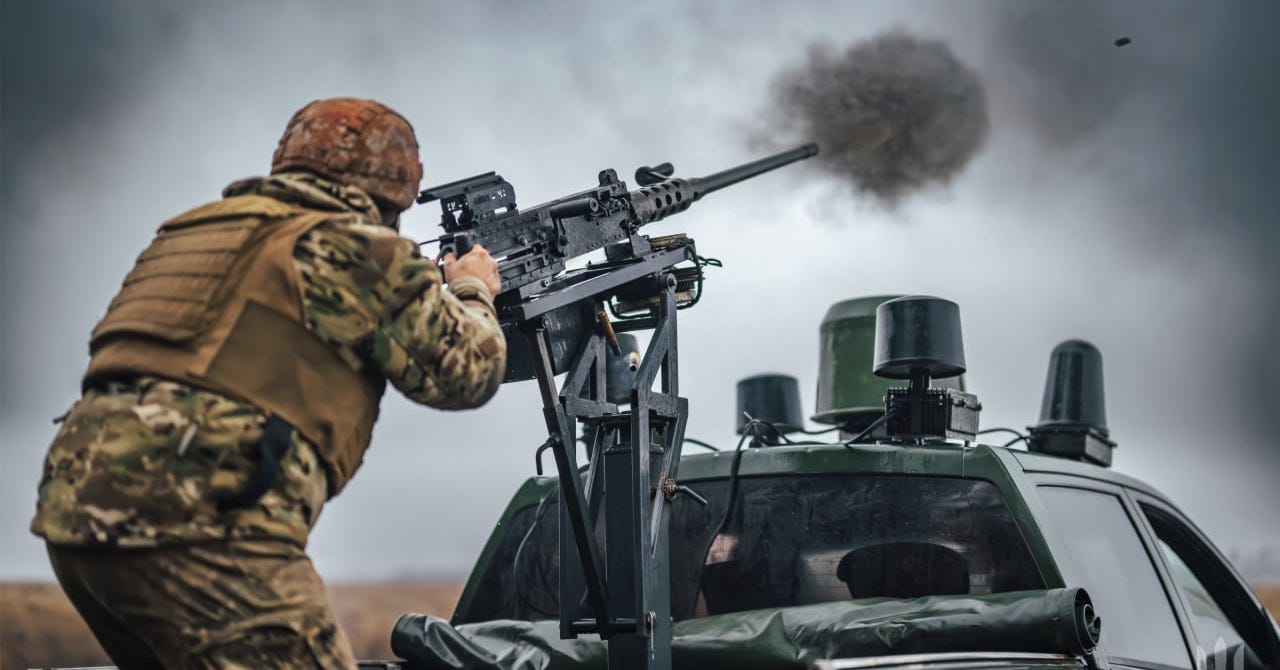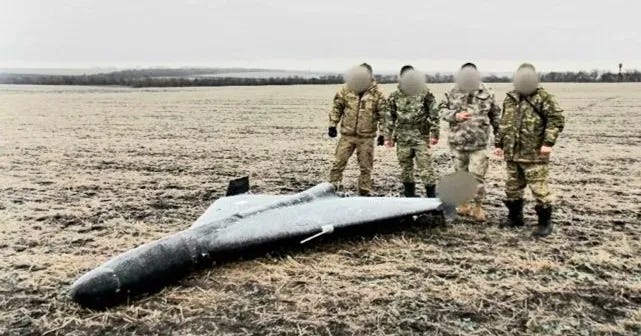Ukraine Needs to 'Carpet Bomb' Russia's Shahed Drone Factory
But Ukrainian drones lack striking power
Russia is poised to fling as many as 1,000 Shahed attack drones at Ukrainian cities every day. Struggling to intercept enough of the 440-pound Shaheds right before they strike, the Ukrainians are trying to defeat the drones “left of the boom”—by bombarding Russia’s Shahed factory in Yelabuga. (See the production line in the video above.)
The most recent attack on Yelabuga, in May or June, killed one worker but caused only minor damage. Don’t expect follow-on factory raids in the coming weeks and months to make a meaningful dent in Shahed production, warned Tatarigami, the founder of the Ukrainian analysis group Frontelligence Insight.
Yes, Ukrainian forces were able to severely damage Russia’s manned bomber fleet—by striking left of the boom with smuggled truckloads of tiny drones during Operation Spider Web on June 1. But bombers are fragile, expensive and very hard to replace. A sprawling drone factory 800 miles from the Russia-Ukraine border is, by contrast, resilient.
“The phrase ‘kill the archer, not the arrow’ may sound compelling when used for bombers, but not so much for the production facility,” Tatarigami explained.
Some key points
The Shahed factory is huge. “It’s not a modest workshop,” Tatarigami wrote. The facility occupies 1.7 million square feet, “with additional ongoing expansion.”
All of Ukraine’s long-range strike drones that are capable of traveling 800 miles to Yelabuga—an An-196, for one—also carry small warheads weighing just a few hundred pounds, at most. “Any drone capable of reaching that distance must carry a significant fuel load, which in turn limits its payload capacity,” Tatarigami noted. “In short, drones that can fly that far typically can’t deliver the kind of payload needed to inflict serious or lasting damage to a facility that big.”
Ukraine builds tens of thousands of long-range drones every year, but it could take a lot of them, all striking at the same time, to significantly damage the Shahed plant. Alternatively, Ukraine would need heavy, long-range cruise missiles in the class of the American Tomahawk—and accurate intelligence on the most critical links in the Shahed production chain. “Targets like this should be neutralized through carpet bombing or multiple missile strikes aimed at production bottlenecks,” Tatarigami explained. “At present, Ukraine lacks the capacity to conduct such operations.
“Internal sabotage or a Spider Web-style operation targeting key components of the facility is theoretically possible. However, such attacks alone are unlikely to halt production permanently. At best, they would cause temporary disruption and are difficult to replicate again.”
More and better Ukrainian drones and missiles are coming, so the Yelabuga may one day be vulnerable as “capabilities evolve,” Tatarigami wrote. But for now, the Shahed factory is churning out many hundreds of the drones every day—and there’s not much Ukraine can do to stop it.
That’s why intercepting the drones near their targets is Kyiv’s top priority.
Read more:
From a Ukrainian Expert: a Guide to Swatting Down Shahed Drones
Russia’s Shahed attack drones are relentlessly pummeling Ukrainian cities. Defeating the 440-pound, propeller-driven drones, each of which ranges thousands of miles with a 200-pound warhead, is “the highest priority” in Kyiv, according to Taras Tymochko, a representative of the Ukrainian Come Back Alive foundation.






